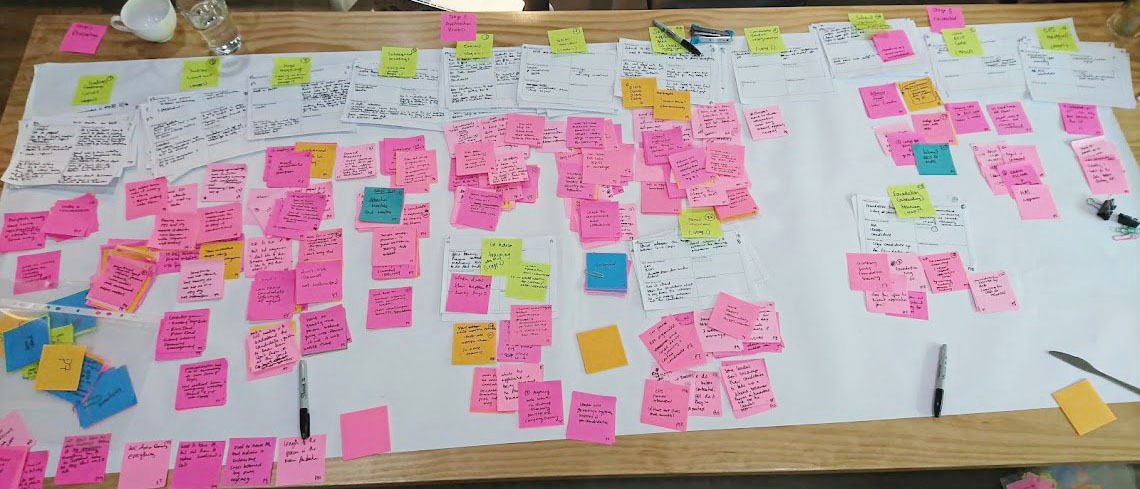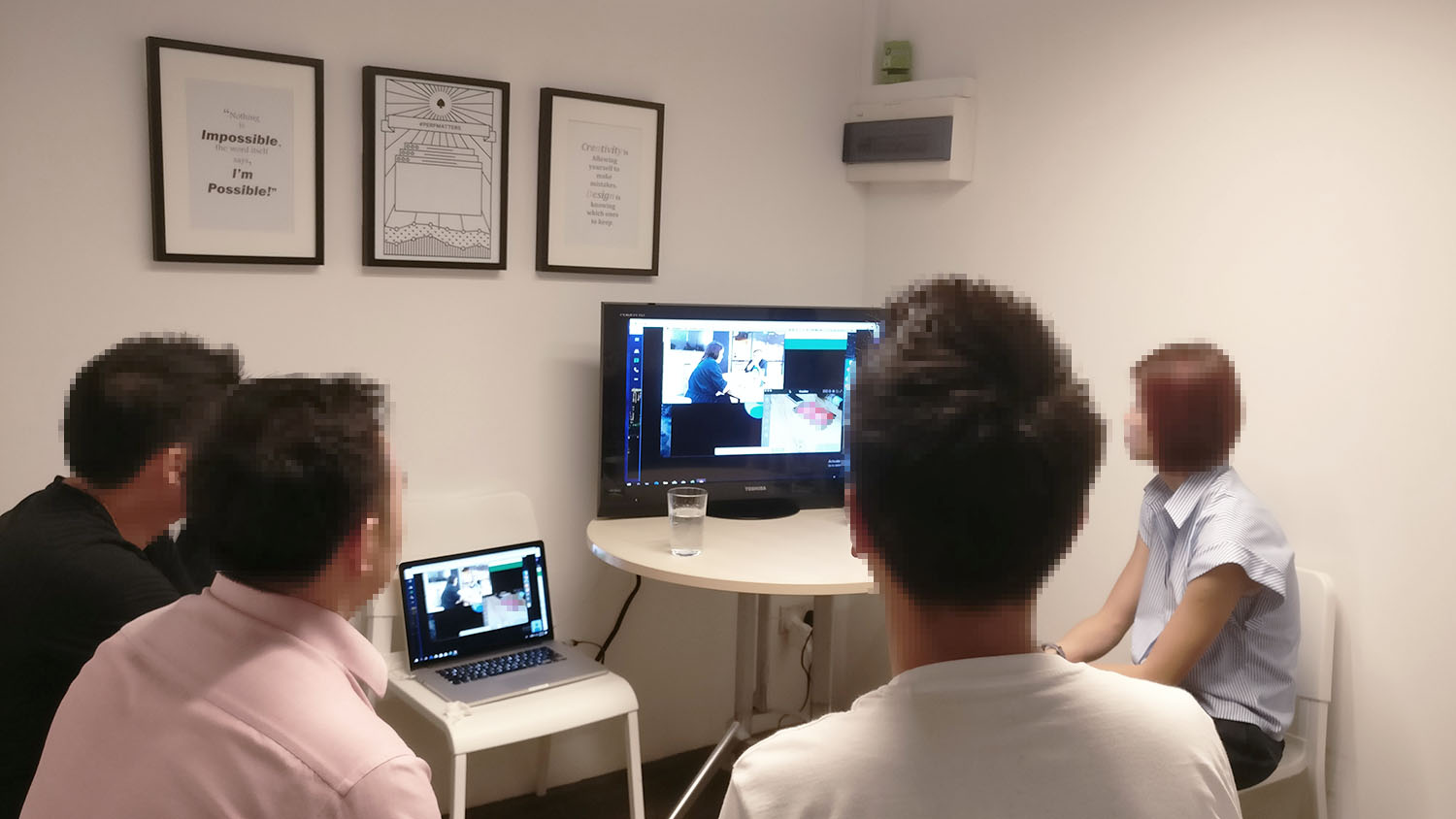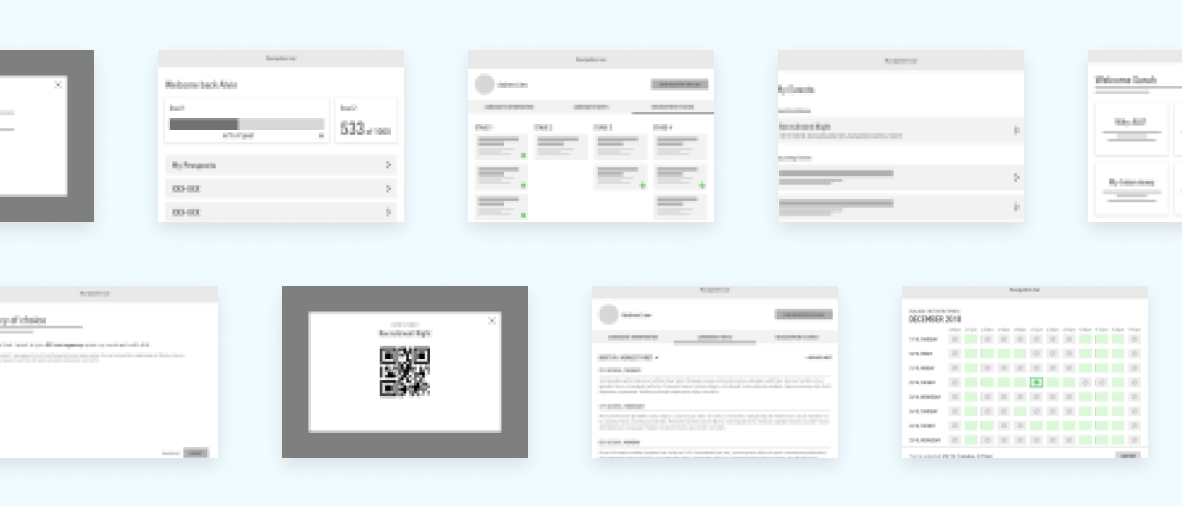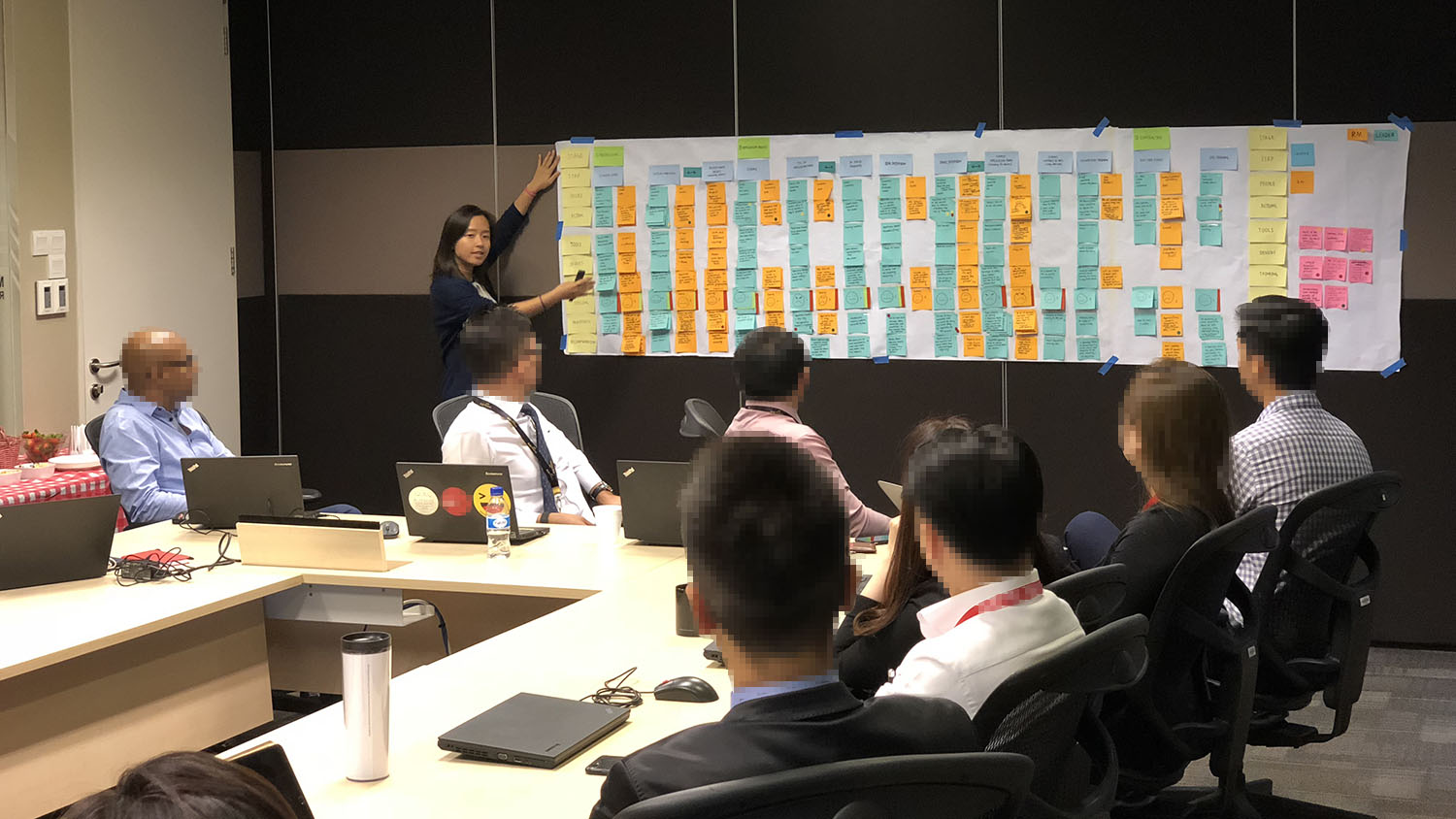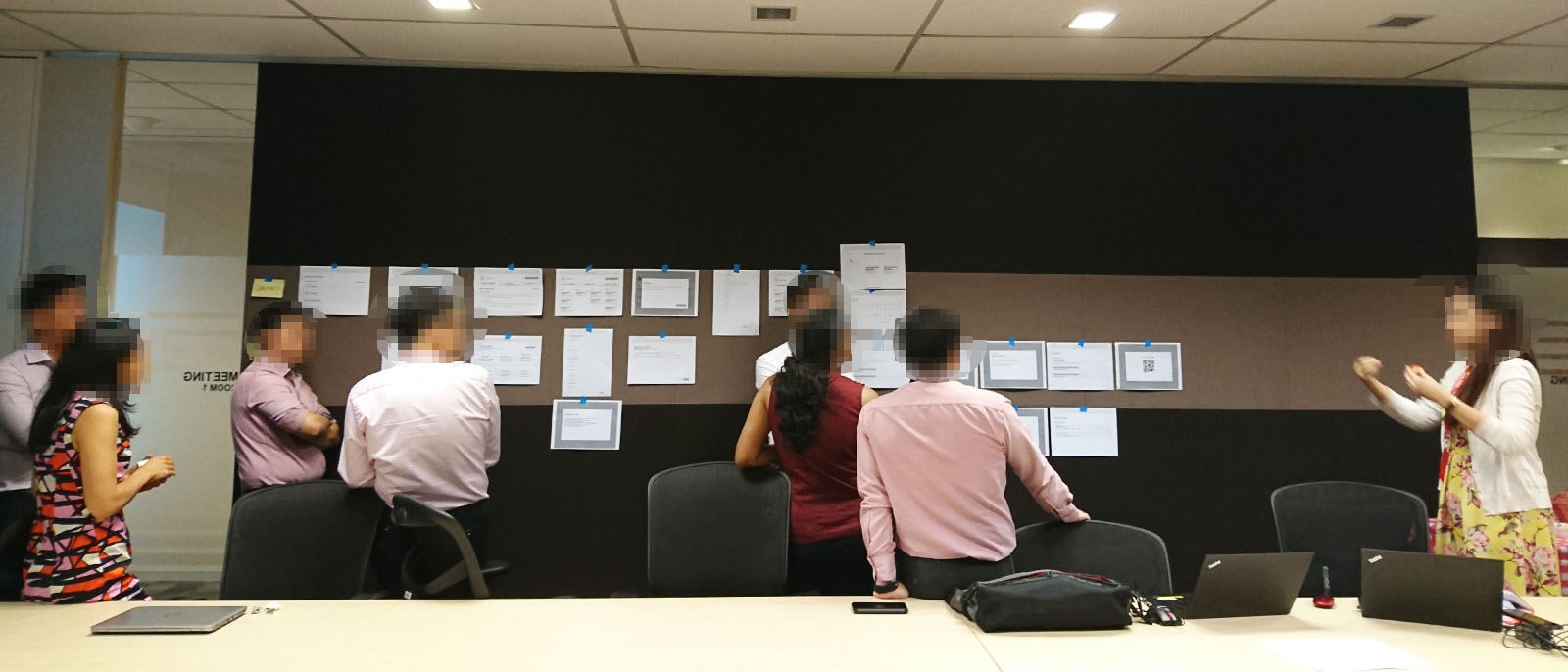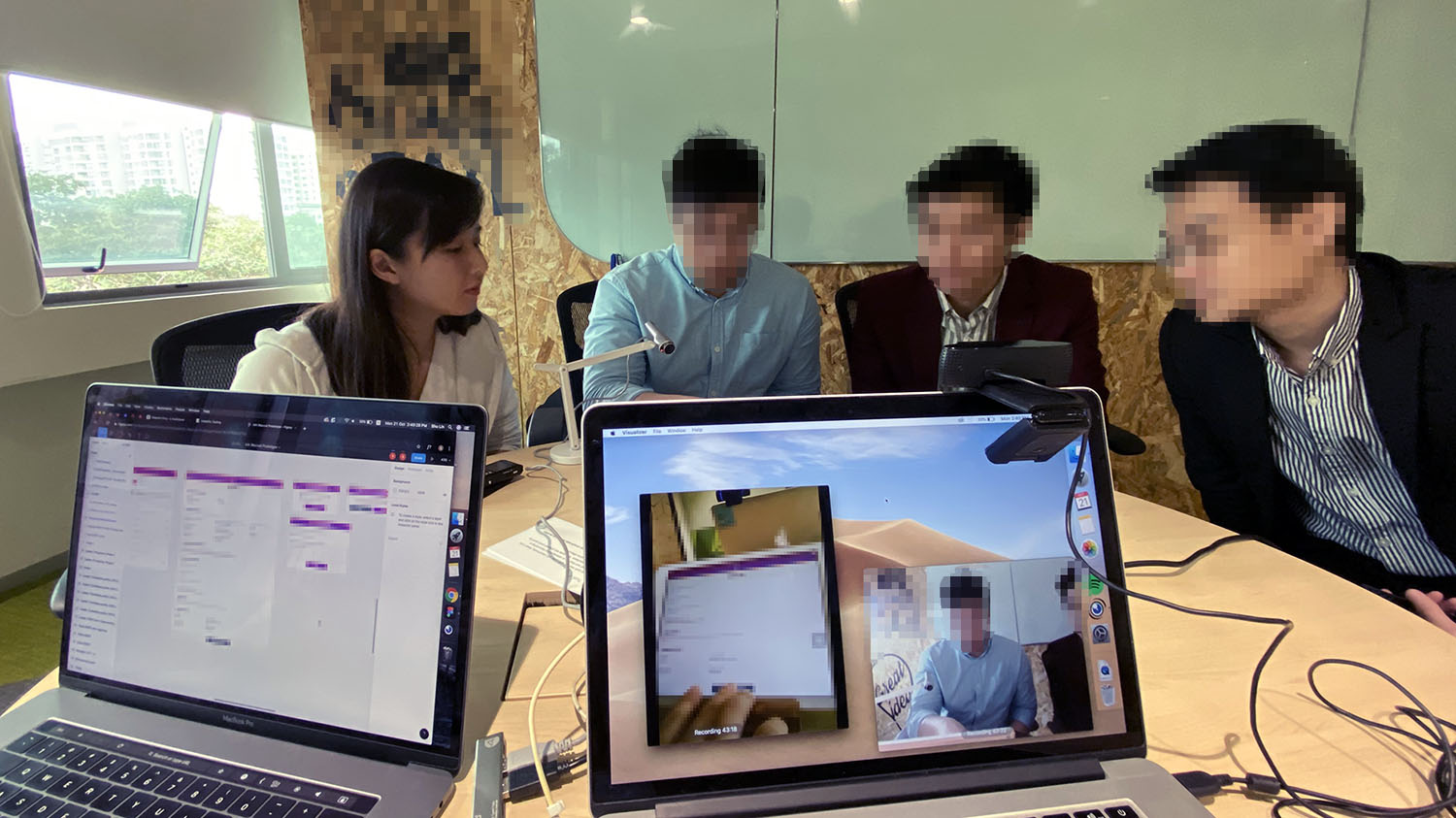Usability Testing
When majority of the screens for key flows were completed, we conducted usability testing with 8 users with varying years of experience and seniority levels.
The app prototype was well-received by all participants.
The digitisation of their manual processes through an iPad app would greatly remove the tediousness of filling in a lot of their pen and paper forms. Tasks could also be done much faster, and on-the-go, speeding up the recruitment journey. Digital forms also allowed a database of information to be stored that could be visualised in different charts and graphs, automatically updated when the data changed.
The usability testing sessions also highlighted a need for strong change management on the ground as recruitment managers transitioned to the new processes created by a digital solution.
Lastly, the session also identified a gap, the lack of a summary table where recruitment managers could view the status of all their prospects and new hires at a glance. This was lined up as a possible feature for the product roadmap.
Usability issues with the design and flow were picked up.
After a review session with the client surfacing findings from the usability session and the proposed changes, the design was iterated on in preparation for development.



